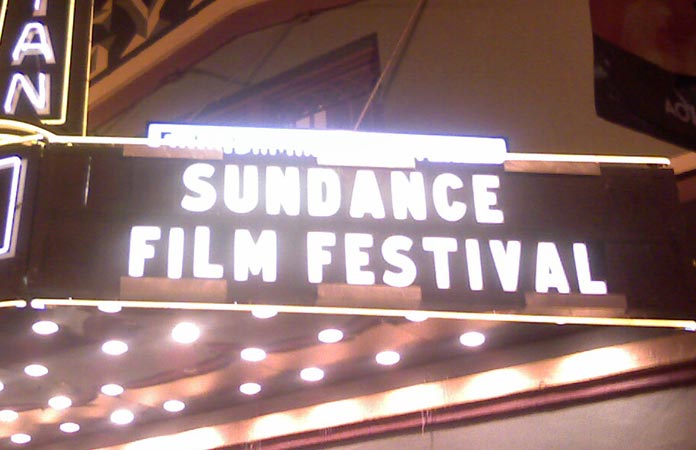Sundance 2013: What’s It All About?
Published on January 10th, 2013 in: Film Festivals, Movies, Upcoming Events |
Although the Sundance Film Festival has only been around since 1978, it’s become synonymous with both indie filmmaking and “the next big thing.” Originally it was called the Utah/US Film Festival; the awkward title reveals the festival’s initial goal: to bring more filmmakers to the US; show older, well-regarded American films; and provide a place for filmmakers operating outside of the Hollywood system to screen their films.
Initially held in Salt Lake City, the festival moved to Park City in the hopes of attracting more people. Who wouldn’t want to spend a few days at a ski resort in January watching good movies, right? Despite the festival’s popularity and success over the next few years, it remained in an astonishing amount of debt. Thus in 1985, Robert Redford’s still-newbie Sundance Institute took over sponsorship and financial backing and the awkward name was scuttled in favor of what we all know now as the Sundance Film Festival. (At one point it was known as the even-more-awkward title of The US Film and Video Festival.)
Sundance has premiered an incredibly diverse selection of independent films throughout its 35 years. If there’s an indie film you know and love from the past three decades, chances are it has premiered at Sundance: sex, lies, and videotape; Reservoir Dogs; El Mariachi; Clerks; The Blair Witch Project; and documentaries like Hoop Dreams, Super Size Me, and Man On Wire all premiered at Sundance and went on to critical acclaim, massive financial success, or both.
This year’s Sundance Film Festival boasts 119 feature films, 27 of which will be in competition. Films presented in competition include the categories of US Documentary, US Dramatic, World Cinema Documentary, World Cinema Dramatic, Shorts Programs, and Animation Spotlight. Awards categories include the coveted Grand Jury Prize, Directing, Cinematography, Screenwriting, and Audience Awards. There are also non-competition programs like Spotlight, New Frontier, and NEXT, which was introduced in 2010 as a venue for low-budget and no-budget narrative films.
One thing Sundance has struggled with over the years (besides snowstorms, public shouting matches between movie execs, and Park City’s telephone system crashes) is the attempt to stay true to the indie roots of the festival. It has become common for corporate brands to push their way into the festival as well as “celebrities” who have nothing to do with the films screening (or in the case of Paris Hilton, nothing to do with films, period). As Sundance has always prided itself on being truly independent, and thus shunning those trappings of fame and fortune, it’s no wonder that alternative festivals have also sprung up in its wake, such as Slamdance and the now-defunct Slamdunk. Regardless of your feelings about these issues, though, there is no denying that the prestige of being selected from tens of thousands of submissions (this year the festival received a record number of 12,146 submissions) is hard to beat. This year, for the first time ever, there are an equal number of films by female and male directors in the US Dramatic Competition category, which is reason enough to rejoice.
I’ll be spotlighting my Top Ten Picks from Sundance 2013 next week, but in the meantime, you can check out the entire program of films on the Sundance Film Festival website. Sundance runs from January 17 – 27.
Time limit is exhausted. Please reload the CAPTCHA.